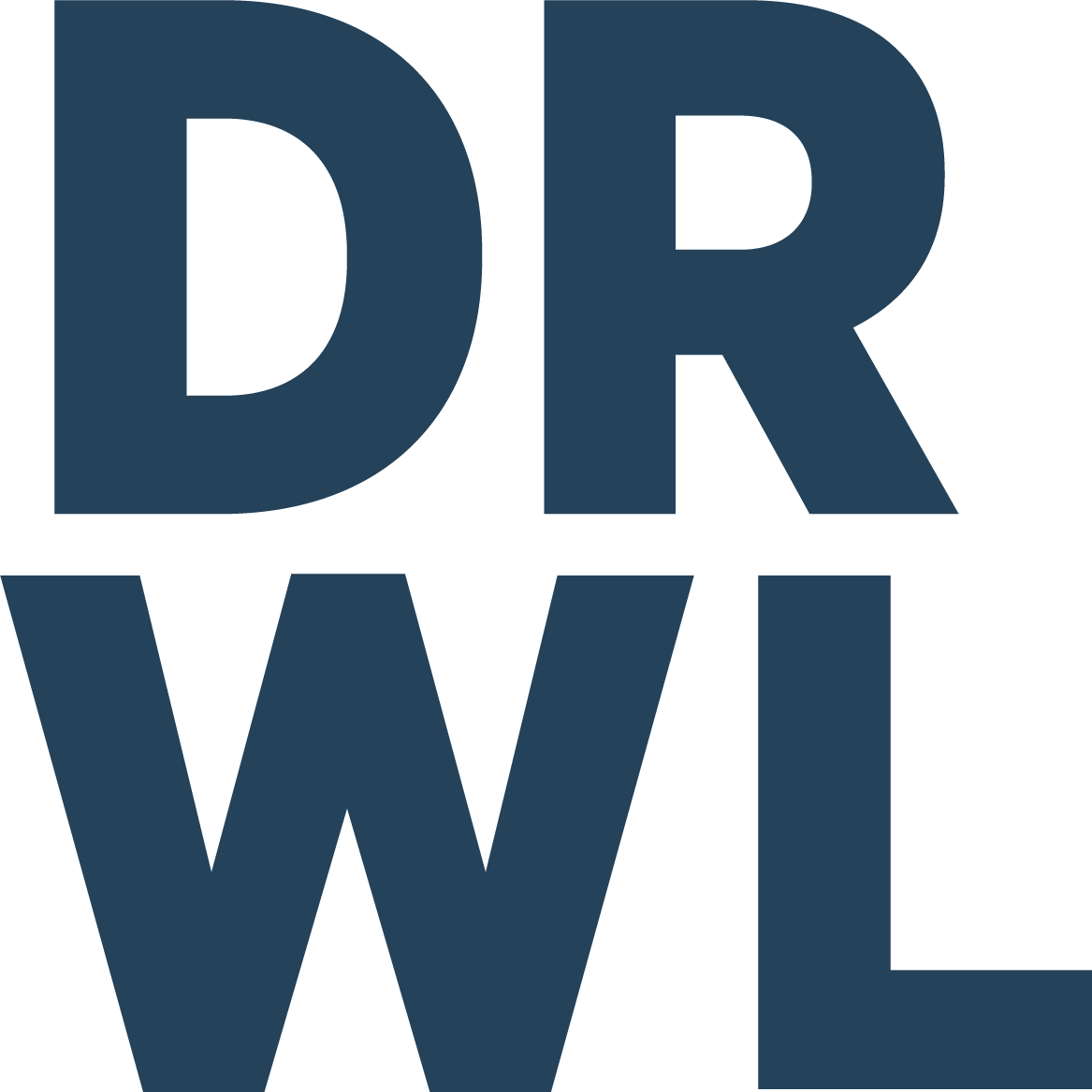5 key differences between IEPs and 504 plans
Do you understand the difference between IEP and 504 plans? In conversations with parents, there seems to be a lot of confusion between these two types of plans and how each can support their special needs child in school. Particularly now, as we are at the start of a new school year (after a particularly challenging last year), it is important to understand how to navigate federally-mandated accommodations for students who require additional learning support.
The IEP and 504 share several common characteristics: both provide accommodation at no cost, require parent engagement throughout the process, are reviewed yearly, and require a student reassessment every three years, though are not the same across the board.
Here are five key areas of differentiation between the two types of plans.
1. Mandated by law. Whereas the IEP is required under IDEA (Individuals with Disabilities Act), the 504 refers to Section 504 of the Rehabilitation Act of 1973, legislation that guarantees certain rights to people with disabilities.
2. Qualification. IEP qualification is based on 13 disability categories: autism, deaf-blindness, deafness, emotional disturbance, hearing impairment, intellectual disability, multiple disabilities, orthopedic impairment, other health impairment, specific learning disability, speech or language impairment, traumatic brain injury, or visual impairment (including blindness). On the other hand, 504 qualification is based on a record of impairment.
3. Contents. An IEP describes accommodations and modifications, whereas a 504 plan describes services that alter learning environments.
4. Format. IEPs require formal written learning goals and objectives, while no formal written plan is required for students utilizing a 504.
5. Funding. The State receives funding for IEP-eligible students, though does not receive additional funding for 504-eligible students.
What questions do you have about the IEP?
